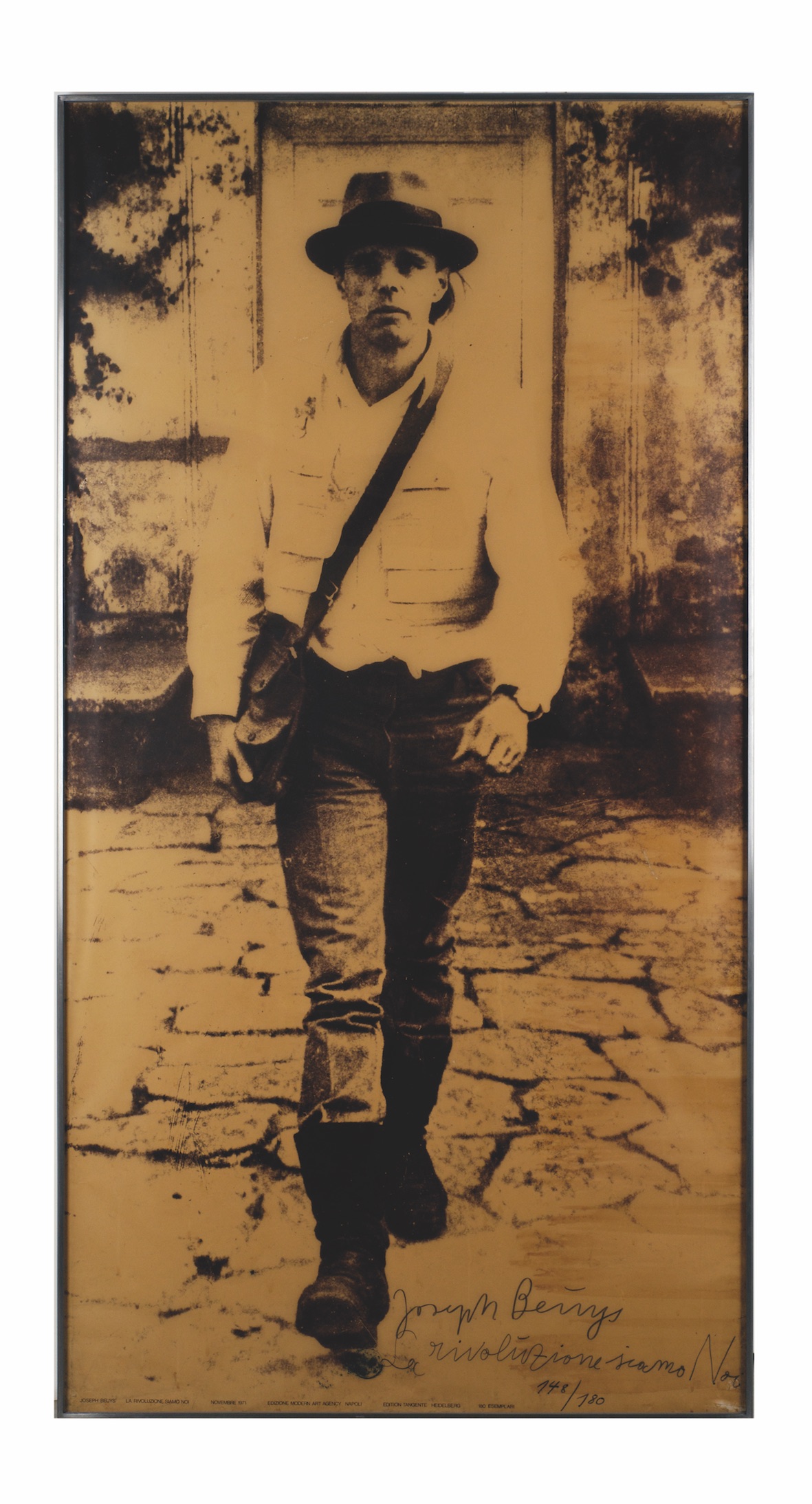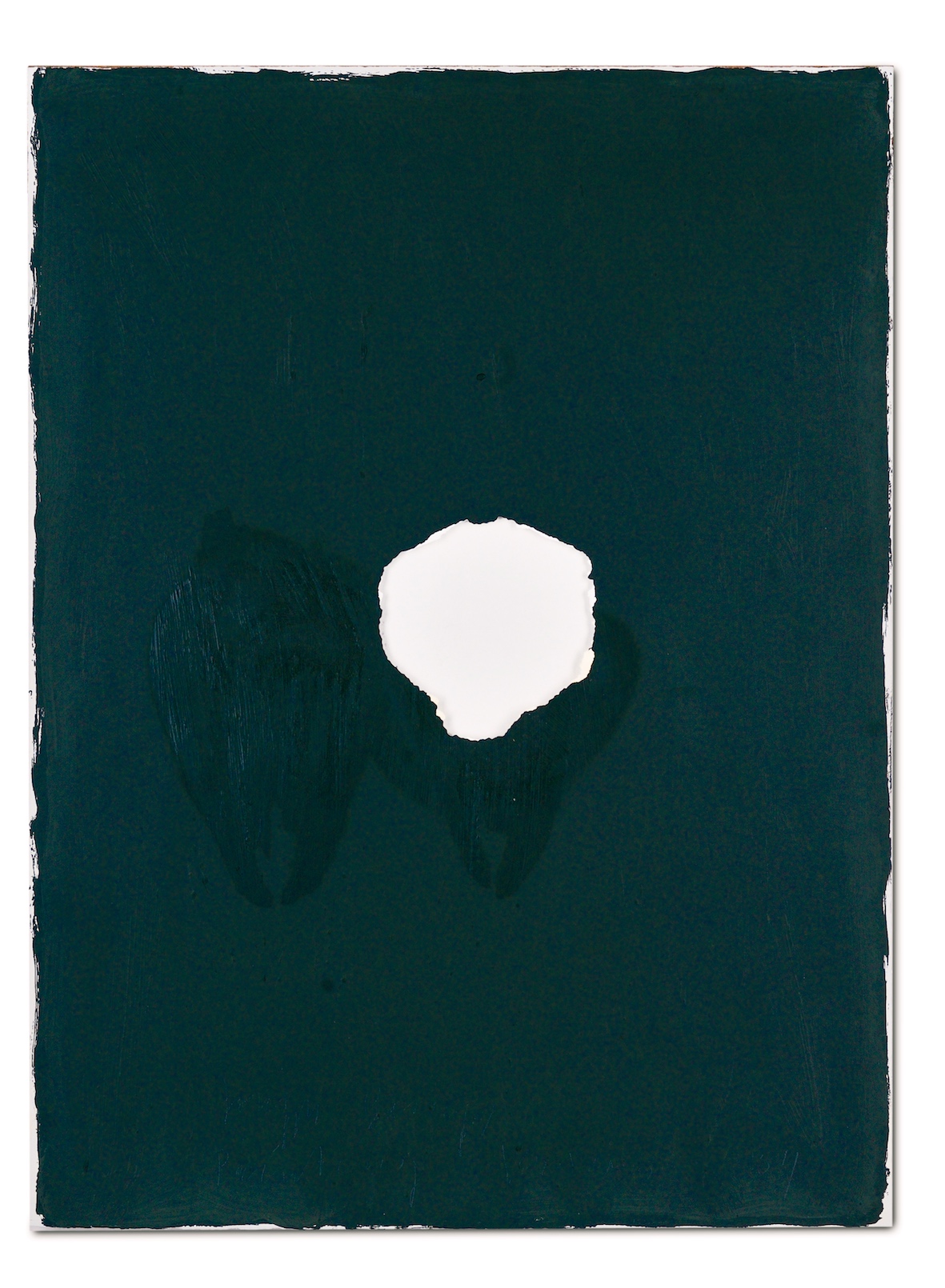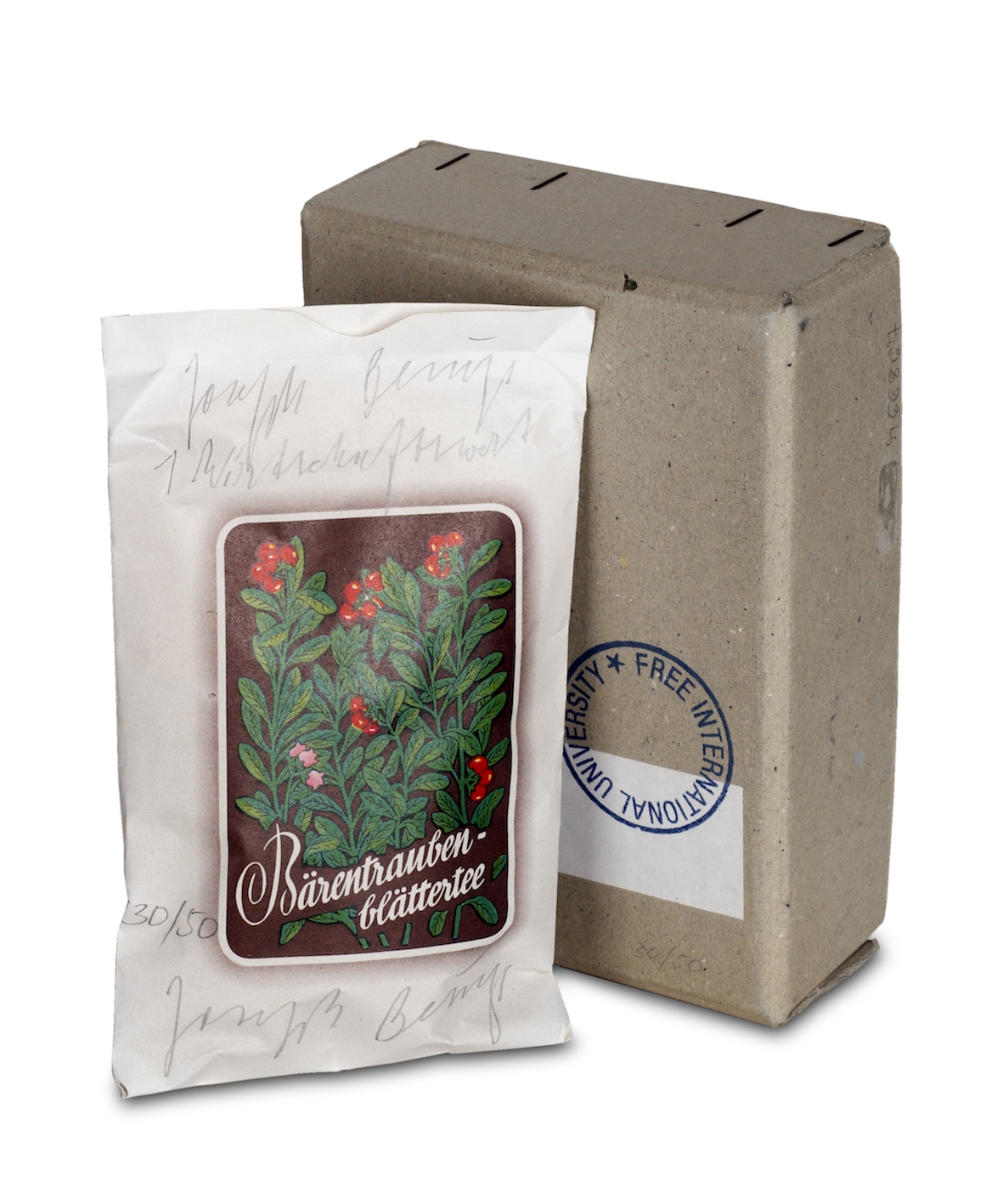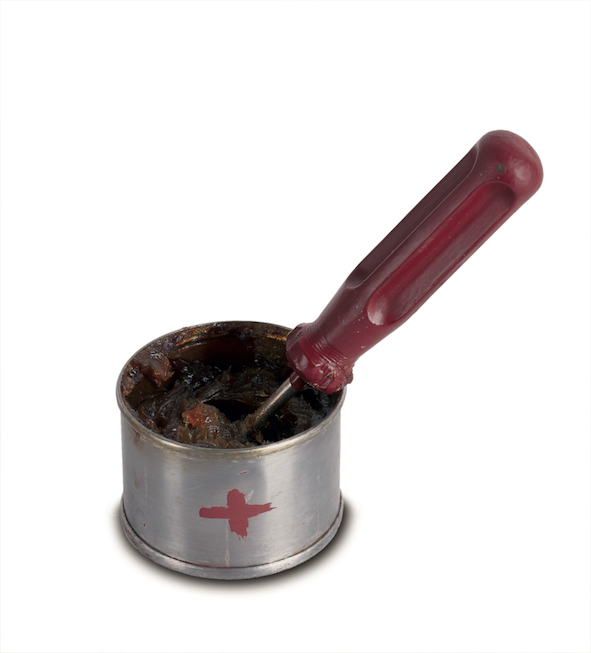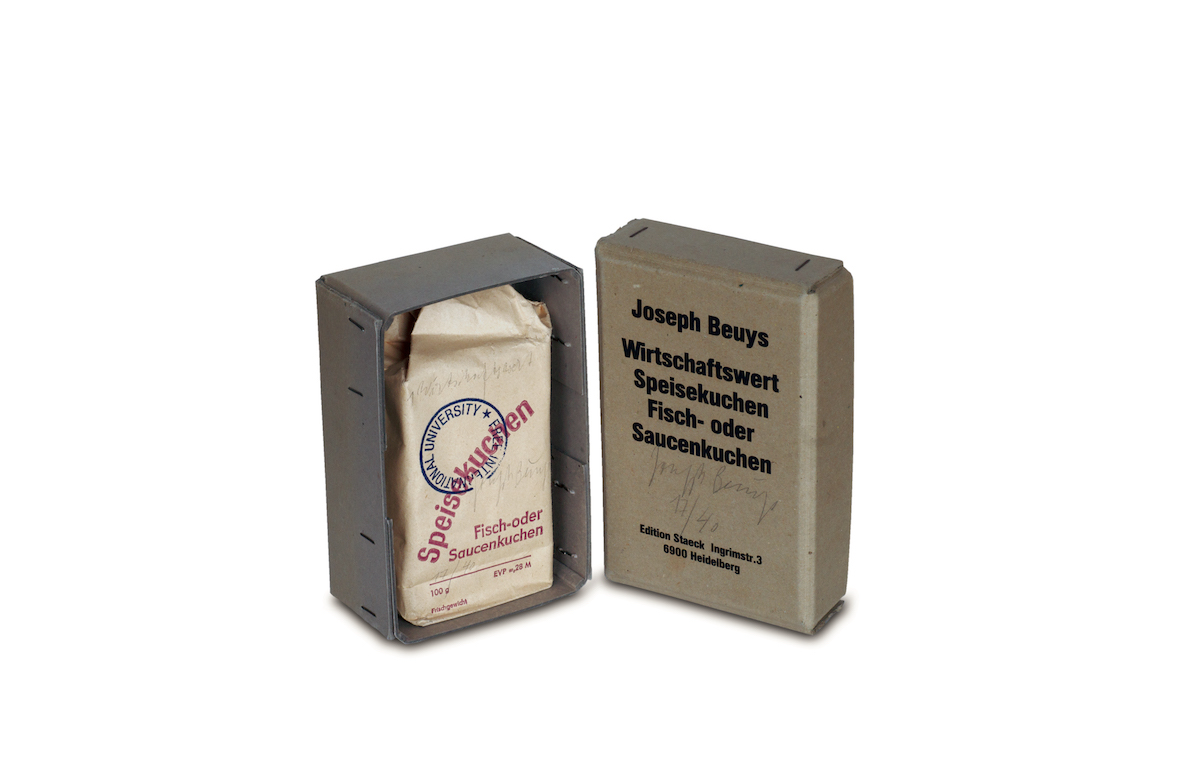Galerie Konzett
Biography
Joseph Beuys
* 1921 in Krefeld (GER)
† 1986 in Düsseldorf (GER)
Joseph Beuys strived for an extended definition of reality far beyond material aspects of life. Any human being could understand him- or herself as an artist and create a “social sculpture” by interacting politically. Driven by the quest for the “inner values” of material, Beuys’ oeuvre united traditions such as shamanism and magic with thoughts affected by contemporary cognitive science.
Galerie Konzett
A passion for art and a devotion to collecting art are the cornerstones of KONZETT Gallery’s program. In the early 1980s, Philipp Konzett began to collect ethnographic art from Africa and Asia, compiling textiles, sculptures, and other cult-ritual objects, and now holds one of the most significant collections of its kind worldwide.
At the end of the 1980s, Konzett developed an interest in the art of the 1960s, primarily in the tendencies of performance and actionism, something that was an absolute insider topic at that time. The focal point of the collection was initially on Viennese Actionism. The oeuvres of Günter Brus, Otto Muehl, Hermann Nitsch and Rudolf Schwarzkogler are well represented through major works and are supplemented with documentary material such as photographs, graphic works, films, books, and autographs.
Unique to the Konzett collection is its positioning within an international art-historical context. Besides Marcel Duchamp, the pioneer of contemporary art, also representatives of earlier performance and “direct art” movements belong to the collection, such as the Gutai Group or No!art, as well as feminist positions like Gina Pane, Carolee Schneeman or VALIE EXPORT. Joseph Beuys and Dieter Roth, who treat questions of transience and sustainability, present a coherent counterpart to actionism’s physically based art. A reference to the art of the succeeding generation is created through the works of Martin Kippenberger, Rudolf Polanszky, Franz West, and Heimo Zobernig.
The gallery’s exhibition program is thematically oriented and intends to create a connection between the collection and a younger generation of artists.
+4315130103
Philipp Konzett
Biography
Joseph Beuys
* 1921 in Krefeld (GER)
† 1986 in Düsseldorf (GER)
Joseph Beuys strived for an extended definition of reality far beyond material aspects of life. Any human being could understand him- or herself as an artist and create a “social sculpture” by interacting politically. Driven by the quest for the “inner values” of material, Beuys’ oeuvre united traditions such as shamanism and magic with thoughts affected by contemporary cognitive science.
Galerie Konzett
A passion for art and a devotion to collecting art are the cornerstones of KONZETT Gallery’s program. In the early 1980s, Philipp Konzett began to collect ethnographic art from Africa and Asia, compiling textiles, sculptures, and other cult-ritual objects, and now holds one of the most significant collections of its kind worldwide.
At the end of the 1980s, Konzett developed an interest in the art of the 1960s, primarily in the tendencies of performance and actionism, something that was an absolute insider topic at that time. The focal point of the collection was initially on Viennese Actionism. The oeuvres of Günter Brus, Otto Muehl, Hermann Nitsch and Rudolf Schwarzkogler are well represented through major works and are supplemented with documentary material such as photographs, graphic works, films, books, and autographs.
Unique to the Konzett collection is its positioning within an international art-historical context. Besides Marcel Duchamp, the pioneer of contemporary art, also representatives of earlier performance and “direct art” movements belong to the collection, such as the Gutai Group or No!art, as well as feminist positions like Gina Pane, Carolee Schneeman or VALIE EXPORT. Joseph Beuys and Dieter Roth, who treat questions of transience and sustainability, present a coherent counterpart to actionism’s physically based art. A reference to the art of the succeeding generation is created through the works of Martin Kippenberger, Rudolf Polanszky, Franz West, and Heimo Zobernig.
The gallery’s exhibition program is thematically oriented and intends to create a connection between the collection and a younger generation of artists.

